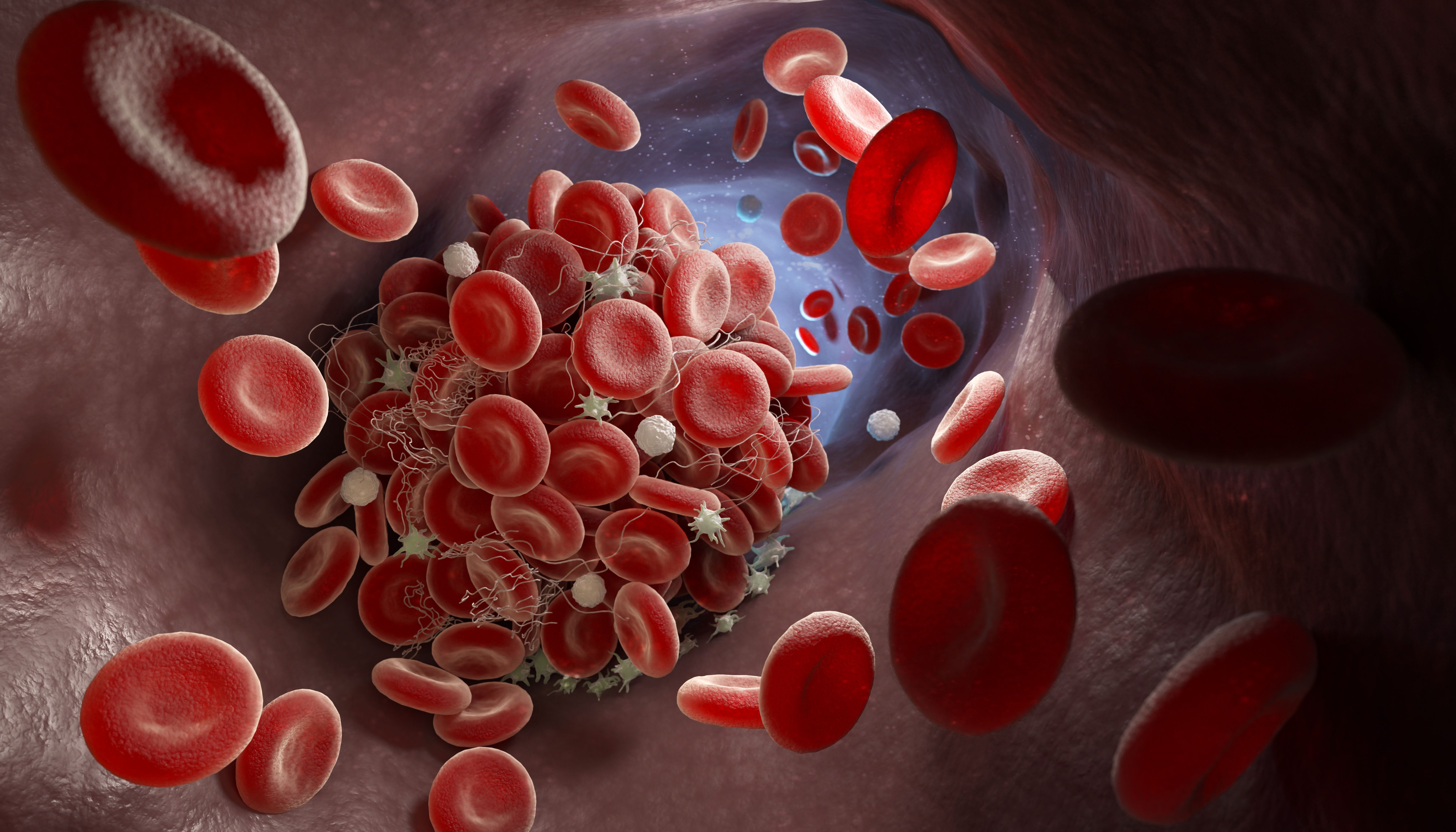Promacta Improves Platelet Count, Transfusion Independence in MDS
Promacta tended to boost platelet counts in patients with low-risk MDS, and helped those patients be independent of transfusions, too.
Promacta improved platelet count in patients with low-risk myelodysplastic syndrome, according to recent research.

Promacta (eltrombopag) improved platelet counts in patients with low-risk myelodysplastic syndrome (MDS) and severe thrombocytopenia (a condition of low platelets), according to long-term findings from the phase 2 EQOL-MDS trial.
After a median follow-up of 25 weeks, 42.3% of patients treated with Promacta (112 patients) experienced a platelet response, meaning that they experienced an increase in the amounts of platelets, compared with 11.1% of those treated with placebo (57 patients). Of note, MDS can affect the production of platelets, which are blood components that help to form clots and stop bleeding.
Promacta yielded complete responses in 31 patients compared with none in the placebo arm. As of the data cutoff on March 3, 2022, 34% of responding patients in the Promacta arm remain in response; the corresponding figure in the placebo arm was 16.6%.
In total, 25.5% of responding patients lost their platelet response on Promacta. At the 60-month mark, 63.6% of patients were still alive and did not experience a relapse with thrombocytopenia. Clinically significant bleeding was less common with Promacta compared with placebo.
Platelet transfusion independence — meaning that patients did not need to rely on blood transfusions to support their platelet supply — was achieved in 54.3% of patients receiving Promacta, and 35.3% receiving placebo. The median duration of transfusion independence was 32 weeks and nine weeks, respectively.
MDS progression occurred in 8% vs 9% of patients in the Promacta and placebo arms, respectively, though the difference between the two groups was not found to be significant. Evolution to acute myeloid leukemia occurred in 9% vs 7% of patients, respectively, after a median time from treatment start of 13 weeks (range, 11-24) vs 34 weeks (range, 7-133).
“The occurrence of severe thrombocytopenia in patients with low-risk MDS still represents a challenging condition because of the important burden of related (side effects) and the lack of effective treatments. In most countries, only (platelet transfusions) are currently offered to prevent or treat bleeding in these patients. Despite this unmet clinical need, few investigational products have been tested,” the investigators wrote. “(Promacta) has an acceptable toxicity profile and is effective in raising and maintaining [platelet] count and reducing bleeding without any associated risk of MDS progression.”
Investigators enrolled a study population of 169 patients in the single-blind, randomized, controlled EQOL-MDS trial, 165 of whom were included in the modified intention-to-treat analysis after receiving at least a single dose of the study treatment. The most common MDS-related treatments were erythropoiesis-stimulating agents (16.0%), steroids (16.0%) and deferasirox (5.9%).
Across the total enrolled population, the median age was 72 years, and the median duration of MDS was 14 months. Most patients (61.5%) were male (61.5%) and had low-risk disease according to the revised International Prognostic Scoring System (59.2%). Most patients were platelet (69.2%) and red blood cell (72.8%) transfusion independent at baseline.
Patients received oral Promacta or a matched placebo at an initial dose of 50 mg once daily. The dosage was titrated in 50-mg increments every two weeks up to 300 mg to produce a complete platelet response, which was defined as a platelet count of at least 100 × 103/mm3 without bleeding.
The main goals of the study were the duration of platelet response and long-term safety. The difference in time to response, the frequency of platelet infusions during and after treatment, and the duration of transfusion independence were among the secondary end points.
Grade 3/4 (moderate to severe) side effects not related to the blood affected 50 patients treated with Promacta and 11 receiving placebo. A significant difference in nonhematologic side effects between the groups favored placebo. Permanent treatment discontinuation was necessary for 18 patients in the Promacta arm after a median time from baseline of 13 weeks due to severe liver toxicity or persistent grade 3/4 side effects. Both arms had similar incidences of grade 1/2 side effects.
“As expected, patients in the (Promacta) arm had a higher rate of nonhematologic side effects,” the investigators wrote. “Most grade 3/4 (side effects) occurred early during treatment, within the first 24 weeks, and were reversible upon drug discontinuation. However, no differences were reported between the two arms for deaths.”
For more news on cancer updates, research and education, don’t forget to subscribe to CURE®’s newsletters here.